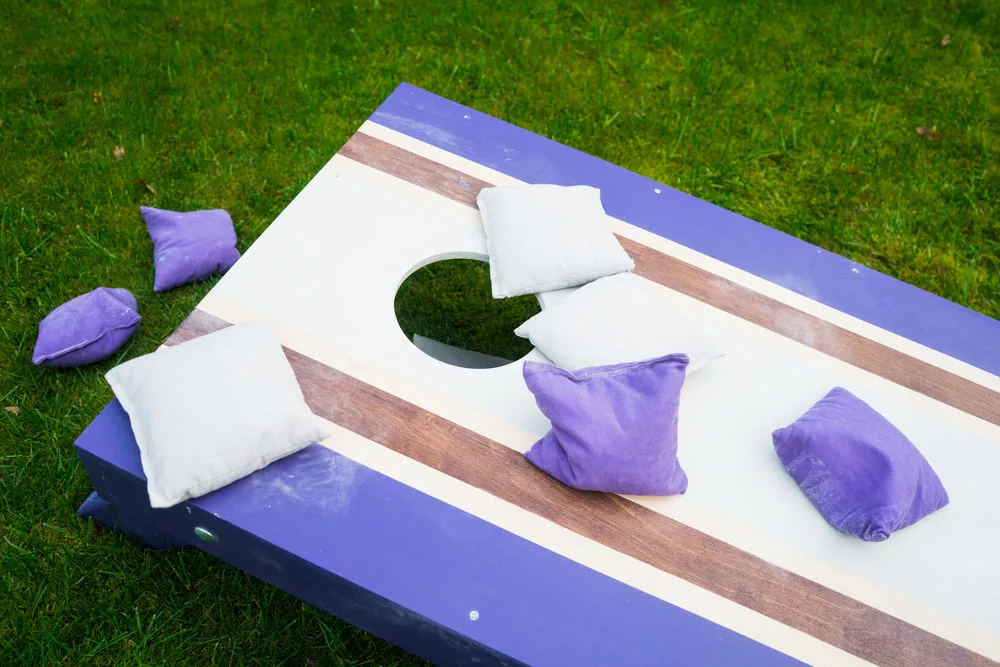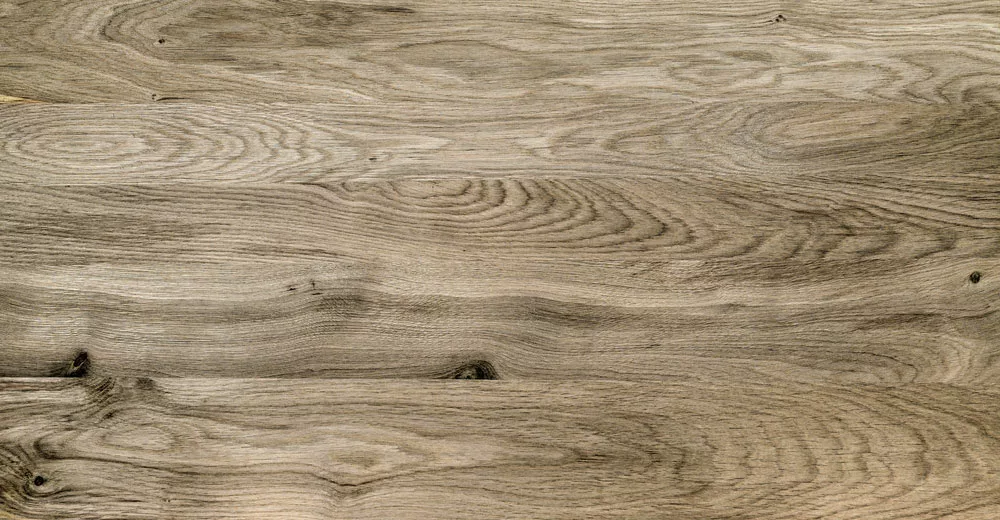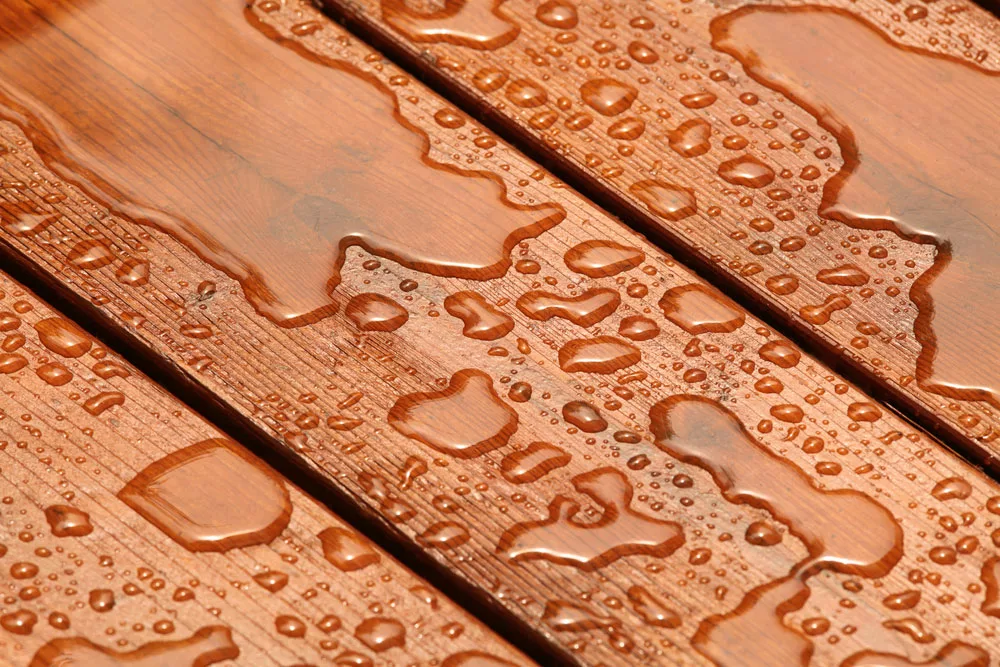How to Make a Wood Stain Darker?
There are different ways of decorating wood. Wood stains are more suitable when you intend to retain the natural look of wood.
However, there are common mistakes that result in lighter stains. And that’s why we have this cheat sheet to ensure your wood stains are darker.
By the end of this article, you will know how to make a wood stain darker to ensure a beautiful dark finish. Let’s dive in.
What are the benefits of staining wood?
Wood is a material susceptible to damage from effects like sunlight, moisture, and living organisms. So, to protect the wood from damage, you need to undergo a treatment process.
Therefore, wood staining is a treatment method offered for wooden surfaces.
Staining wood creates a seal on the wood’s surface. The seal acts as a layer preventing direct damage to the wood surface.
Also, staining wood helps to improve its appearance. It makes the wood appear darker and richer.
How to Stain Wood Darker
Wood stains come in very many different colors. They are also readily available in the market. The following are some of how you can darken your wooden surface.

(a can of stain)
Create a Coarser Surface
Sanding a wood board roughens the surface and exposes fresh wood grains. A rougher surface allows easy sustain absorption, ng in a darker wood board.
Note that when using sandpaper, work toward the wood grain. Work with even strokes and use proper sandpaper with grit between 120 and 150.
Courser sandpaper will create ugly lines on your workpiece.

(Sanded wood ready for staining)
Use Water to Raise Your Wood Grain
While wetting wood is bad, that’s not the case for some wood species. Water helps raise the wood grain for some wood species, allowing the stain to seep without obstruction.
Use Additional Pigment in Your Stain
Wood stains have pigments. These pigments add color to the wood fibers. Different types of wood stains have different concentrations of pigments.
If the pigmentation in your stain is not what you desire, you can add more color to make it darker.

(a brown wood stain)
Use the Dirty Wipe Technique
In a dirty wipe technique, instead of wiping off the excess stain, you let it set in. This is a delicate method of darkening wooden surfaces since the result might be ugly.
Always ensure the right amount of wood stain to have an even finish. Otherwise, the result will be blotchy.
Use a Glaze Following Your Wood Stain
Water-based and oil-based stains are the most common types of stains. If you don’t want to use these two, use wood glaze instead. The wood glaze has a darker pigmentation than all stains.
It is advised that when using wood glaze, you use it together with a stain. All you need to do is let your stain dry before applying your glaze.
Also, your stain and glaze have to have the same color. Importantly, use a water-based glaze if you’re using a water-based stain. This is the same with oil-based stains.

(Applying gel/glaze on stained wood to make it darker)
Using a Wood Dye
Apart from wood stains, wood dyes also darken the wood. To use a wood dye, mix it with either water or alcohol. You can also play around with colors by adding a colorant to your mixture.
Although, sanding your surface before applying the dye is important. Wood dyes dry off faster compared to wood stains.
Thus it becomes a perfect choice when you have a short time to complete your work.
Using a Toner
A toner is a substance you spray lightly on a wooden surface to adjust its color. You can use a toner after applying either a stain or dye.
A toner works by making a surface darker. Use it in between your coats for a good result. Before using your toner, ensure the coat of stain is completely dry.
Otherwise, your piece of wood will have patchy spots.

(spraying a wooden surface)
Which Stain Is Best for Darkening Wood
Knowing the type of wood you have will be very easy to use if you know the kind of stain. Always remember that wood species of higher density don’t soak in stains easily. The result is usually botchy.
For this reason, it’s best to use dye or toner on such species. Dyes and toners don’t depend on the wood’s porosity to add color. But if you have to use a stain, sand your wood or spray it with water carefully.
These two activities will raise the wood fibers, likely leading to a large acceptance of wood stains.
As much as this method works, it takes a longer time compared to the use of dyes and toners.

(Stained board)
Frequently Asked Questions
Is Wood Stain Better Than Paint?
Wood stain is a wood treatment method, and paint is a surface coating method. Painting a wooden surface covers the wood’s grains and does not protect the wood from external and internal factors.
Wood stain is better since it preserves the natural beauty of wood. Also, wood stain offers protection against internal and external factors.

(Grain of wood)
What Does a Stain Do to Wood?
Wood stains work by penetrating the pores on the surface of the wood. The stain fills up these pores, blocking them and preventing moisture and bugs from entering.
At the same time, stains also help to darken the wood’s color.
What Are the Disadvantages of Wood Stain?
It isn’t easy to maintain stained wood surfaces. Stained wood requires frequent re-staining. Failure to which will result in an expensive and labor-intensive wood treatment method.

(wood stain protection)
Conclusion
Staining wood might seem like a difficult process.
But once you know what you’re doing and what you want, the final product is usually beautiful.
Follow the steps provided for a successful result.
